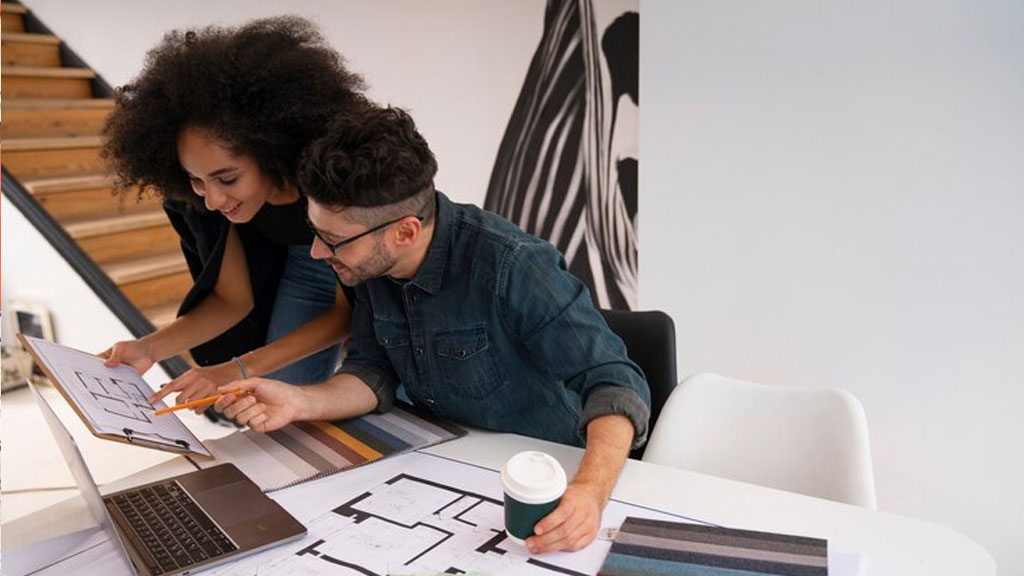Introduction: Welcome to the fascinating world where creativity meets functionality – interior design. If you’ve ever dreamt of transforming spaces, evoking emotions through design, and creating environments that captivate, then an interior designing course might just be your passport to a fulfilling career. In this blog post, we’ll explore the diverse facets of interior design courses, shedding light on the skills, knowledge, and endless possibilities awaiting aspiring designers.
- The Aesthetics and Functionality Blend:
- Art Meets Purpose: Interior design is more than just arranging furniture; it’s a meticulous blend of art and functionality. Courses delve into the principles of design, color theory, and spatial arrangement to create harmonious and purposeful interiors.
- Understanding Client Needs: Learn the art of translating a client’s vision into a tangible, aesthetically pleasing reality. Interior design courses emphasize effective communication and client interaction skills.
- Spatial Design Mastery:
- Architectural Elements: Gain insights into architectural elements that shape interior spaces. From understanding floor plans to working with different architectural styles, interior design courses equip you with the knowledge needed to transform spaces.
- Ergonomics and Accessibility: Explore the principles of ergonomic design and accessibility to create spaces that are not only visually appealing but also practical and user-friendly.
- The Tools of the Trade:
- CAD and 3D Modeling: Embrace technology with courses that teach Computer-Aided Design (CAD) and 3D modeling. These tools allow you to visualize your designs in a three-dimensional space, aiding in effective communication with clients and contractors.
- Material Selection: Develop expertise in choosing materials that complement your design vision. Interior design courses guide you through the vast array of materials available, considering factors like durability, aesthetics, and sustainability.
- Design Styles and Trends:
- Historical and Contemporary Styles: Explore design styles from different eras and cultures. Interior design courses provide a historical context for various design movements, helping you incorporate timeless elements into your contemporary designs.
- Staying Current: Stay abreast of current design trends and innovations. Courses often include modules that explore the latest in interior design, ensuring you can offer clients fresh and modern perspectives.
- Practical Applications and Projects:
- Hands-On Projects: Apply theoretical knowledge through hands-on projects. Interior design courses often include real-world scenarios and projects, allowing you to hone your skills and build a robust portfolio.
- Internship Opportunities: Gain practical experience through internships with established design firms. This invaluable experience provides insights into the industry and helps you establish professional connections.
- Business and Professional Development:
- Project Management: Learn the intricacies of managing interior design projects from start to finish. Courses often cover project planning, budgeting, and time management skills.
- Marketing Your Design Brand: If entrepreneurship is your goal, interior design courses may include modules on marketing, branding, and client acquisition, empowering you to launch and grow your own design business.
Conclusion: Embarking on an interior designing course is not just a career choice; it’s a journey of transforming spaces and enriching lives through design. Whether you dream of creating luxurious residences, innovative office spaces, or trendy retail environments, interior design courses provide the knowledge and skills to turn your passion into a profession. So, seize the opportunity to step into the world of interior design, where every space becomes a canvas waiting for your artistic touch.

